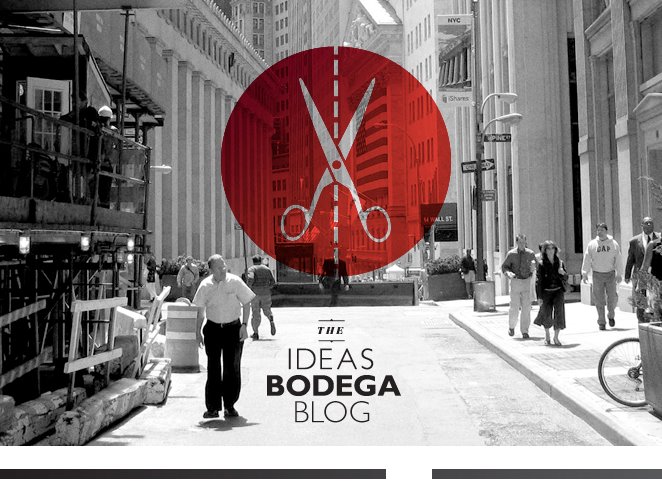I often say to participants in my brainstorms “Give me five crap ideas now!” The request for crap ideas is not only unexpected and humorous but it is extremely liberating.
The interesting thing is that the ideas they then give me are actually quite good.
You see as adults we have become scared of our creativity, scared of being judged, scared of saying something stupid. This is not something kids have a problem with at all but somewhere along the line things change and we lose our creative confidence.
Research has proven that only 1 in every 100 ideas is a great one which means the other 99 ideas are not so good. Therefore, in a brainstorm it is imperative to go for quantity of ideas over quality. This is nearly impossible when people are filtering their own ideas - You come up with an idea but then that little voice in your head says “that’s a crap idea, I’d better not say that one aloud” and so you filter your idea before it even leaves your mouth.
The other important reason to elicit crap ideas is that they often turn into genius ideas. An idea can sound so ridiculous and so off-brief but with a bit of finessing it can become a game changer. If you don't want to always rehash the same old ideas then you need to become comfortable with the seemingly crap or ridiculous ideas. Going for perfection and trying to nail the gold idea in a brainstorm just doesn't work. Ideas need to time to breathe, they come out rough and often a little clumsy. Remember, anything truly innovative always sounds strange when its first thought of. I hope you like my example of a crap idea...I'm not sure this one made the cut.
Here are 5 tips on eliciting crap ideas in your brainstorms
- Remind participants that we are going for quantity of ideas not quality
- Never put pressure on people to come up with the gold idea in the brainstorm. Create a safe environment where people wont feel judged
- Actually request that people give you crap ideas
- Explain that seemingly crap ideas often turn into genius ideas. The power of brainstorms is that we feed off each others ideas. A crap idea can spark a brilliant idea in someone else…i see this happen a lot
- Remind participants to be ok with the crap ideas as the core team will reconvene after the brainstorm - all ideas will go through a filter and only creative and effective ideas will be considered at that stage.
Stay creative and go for crap ideas!
Cheers,
Nicole.







